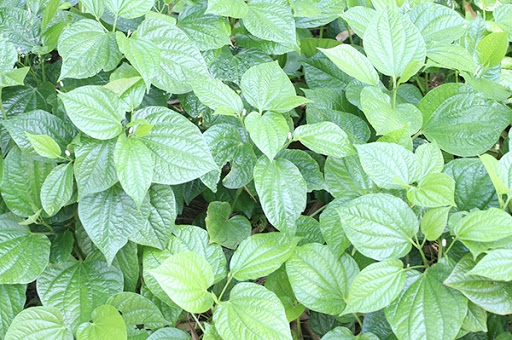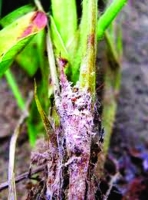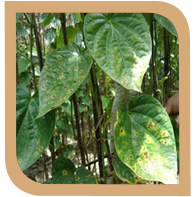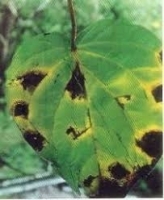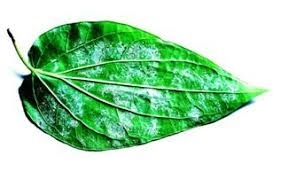General Information
Betelvine also known as ‘Paan’ or ‘naagvel”, is an important cash crop of India.It is a native of central and eastern Malaysia. Betel leaf has significant place as it is used in various rituals functions also plays a vital role in day to day life of farm families. It also possesses medicine value as it cures many diseases and disorders. It is important commercial and profitable crop amongst all cultivated crops. In India, Tamil Nadu, Madhya Pradesh, West Bengal, Orissa, Maharashtra and Uttar Pradesh are major betel vine growing states.
In Maharashtra near about five thousand acre land is under betel vine cultivation. Sangli, Satara, Pune, Thane, Kolhapur, Nagpur, Amaravati and Jalgaon are major betelvine growing areas of Maharashtra.

